-
Haveli Jamiat Singh Bagga, Wazirabad
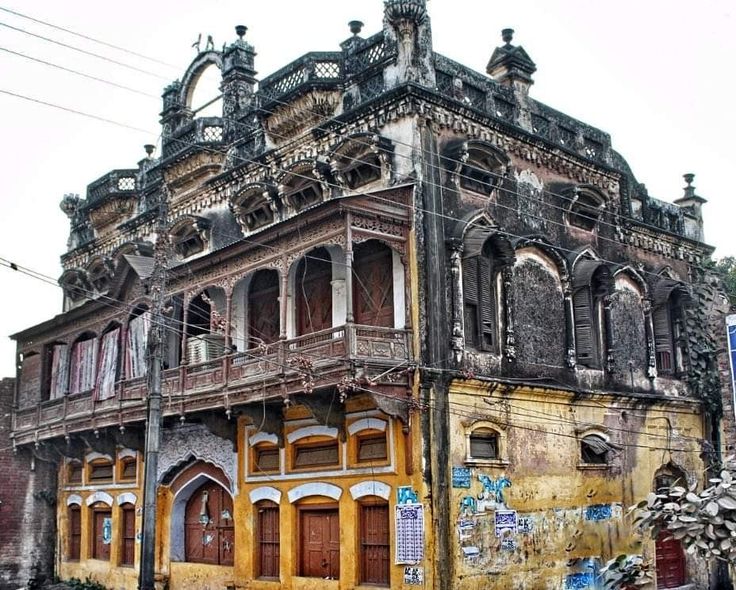
It was constructed in 1869 and was decorated with marvelous woodwork. It has 24 doors & 80 windows. Still in awsome shape even after 150 years, standing tall & telling the rich past of the city,
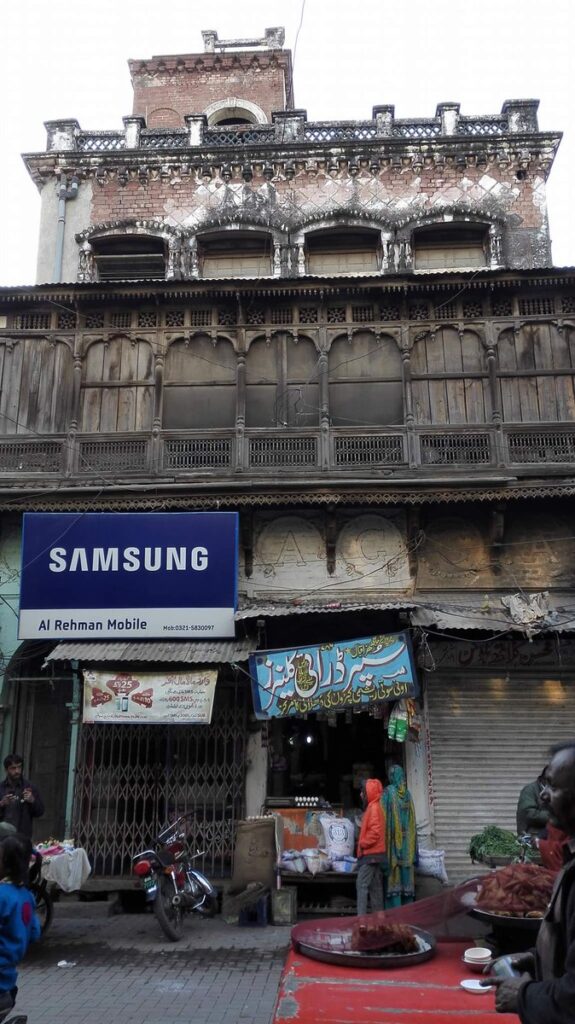
In Eminabad, before the partition of Hindustan, a large community of Hindus and Sikhs used to live alongside Muslims. One can still find remains of many beautiful architectures of that era present in the forms of Havelis, Gardens, Gateways, Temples, and Gurdwaras. �
In the middle of this town, a pre-partition Haveli still stands, its construction attributed to some Sikh family before 1947. One still can see the splendor of craftmanship in this architecture, multifoil arched gateways, cut bricks arranged in lancet arches pattern around the windows, and Wooden doors with different floral arrangments. Nanak Shahi bricks are used in this building construction.�
-
Wazirabad Cutlery
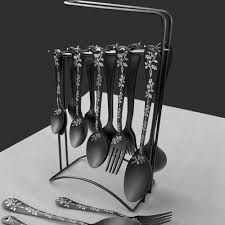
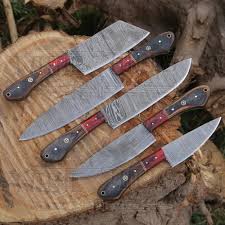
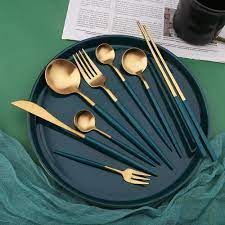
The Wazirabad cluster industry of handmade products such as swords, pocket knives, military knives, hunting knives, light industrial products and households are recognized across the globe for high quality traditional designs and unique production methods.
The cutlery industry is one of the major sources of income after agriculture for the people of the area. The manufacturing of different cutting instruments involves in cutlery industry. Approximately 25 per cent of Wazirabad population is employed either directly or indirectly with the industry.
The cutlery exports have great potential to contribute a larger share in economic growth and to develop and provide jobs to millions of unemployed people. In production, the main raw material used is ‘steel’. In 2011, Pakistan’s total export of cutlery was US $ 55 million. Around 80 per cent of steel is manufactured locally and the remaining 20 per cent is imported from Japan and Germany.
The industry produces around 3.0 million cutlery pieces a year with an estimated value of Rs 6-7 billion and on average 1.3 million swords. About 95 per cent of swords and hunting equipments are exported out of the total production, whereas tableware cutlery is exported 25 per cent out of the total production. According to Cutlery Institute of Pakistan (CIP), China is the largest exporter of these products followed by Germany while Pakistan is the third largest exporter of cutlery in the international market. In Pakistan, the cutlery industry is operated and owned independently and has not gone through massive technological evolutions which need improvements for more export in the industry.
Even for the production of export goods, local stainless steel is used by the manufacturers. The cutlery industry is highly advanced improved and meet all the modern methods of manufacturing. Talking to APP, M. Shafeeq, a cutlery expert and a shop owner in Wazirabad said, the cutlery industry should be amongst the priority developments of the incumbent government as there was a huge potential in the field locally as well as in terms of exports.
He said, “Our locally made products were capable enough to compare them with the international market”. The expert said the previous exports were the example of good quality and credibility of products due to which Pakistan is even today a leading stakeholder of cutlery in the international.
However, he urged the authorities concerned to work for the betterment and development of the sector with other industrial zones and sectors to improve the economic conditions of the country.
Bright cutlery, kitchen wears and Pakistan cutlery consortium URSA International are some of the leading cutlery brands in Wazirabad producing the best export and locally use kitchen wears along the cutlery.
A local resident in the cutlery market, Usman Shah said, “We are proud of our products and their reorganization in the export field and the recent downfall in the market can be overcome with the help of government.” He, however, said the manufacturers and the government should consider the policies that could provide relief to the working industries to boost the export sector by providing good revenue.
For the sustainable market flow, the departments concerned should listen to the market stakeholders so that they may come up with a better plan in the future, he added. The industrial zone of Pakistan is equipped with the required skills and minds through which the country the economic conditions could be improved. However, the government needs to focus on Small and Medium-Sized Enterprises (SMEs) along with large scale industrial setups to increase the exports.